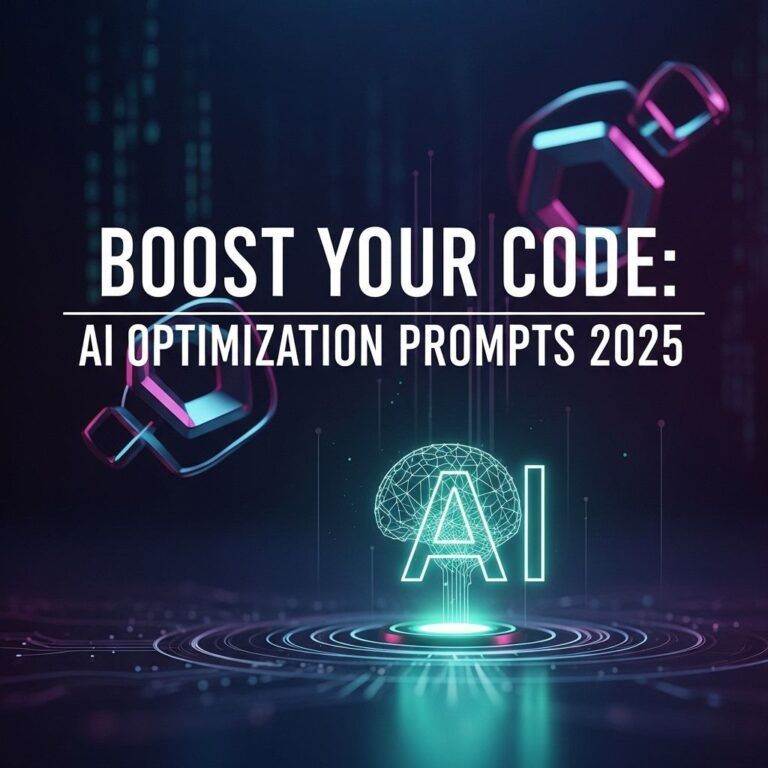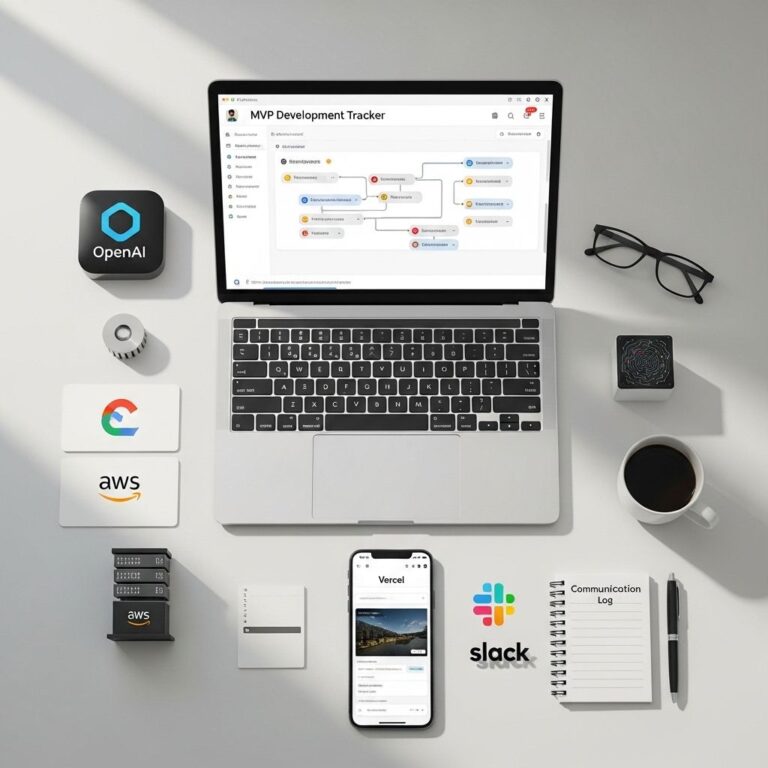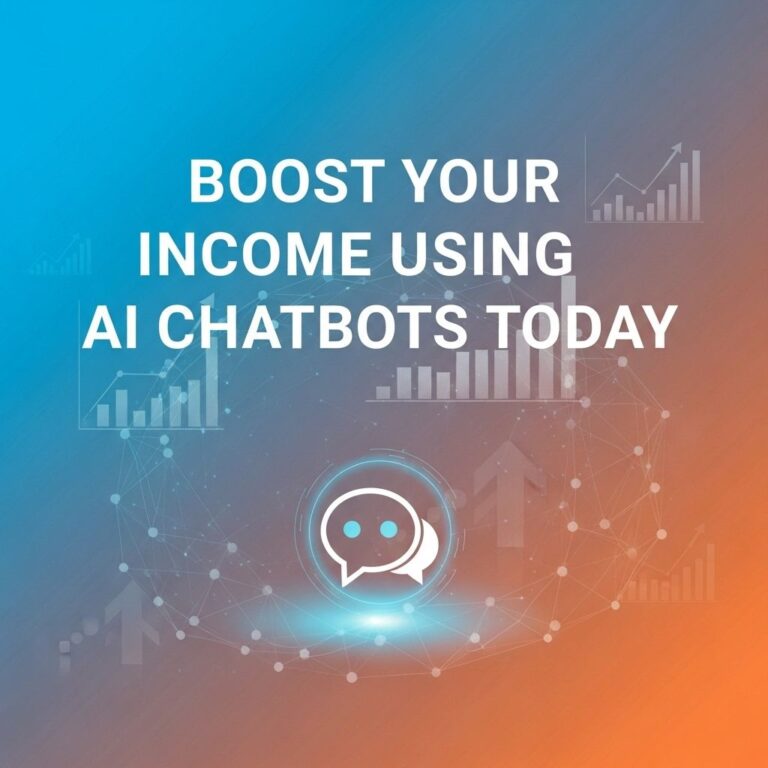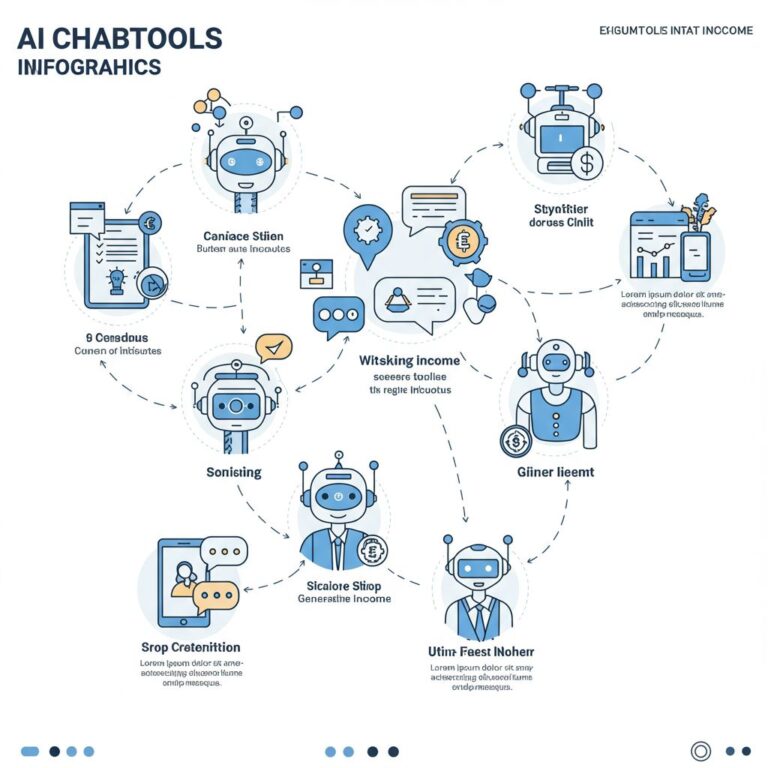As artificial intelligence continues to reshape industries across the globe, staying ahead of the curve means leveraging the best tools available. The year 2025 promises to bring a plethora of innovations, but for tech-savvy individuals and businesses, the challenge lies in identifying the most effective free AI tools that can enhance productivity and creativity. In this article, we explore the top ten free AI tools that are set to make a significant impact in 2025.
Table of Contents
1. ChatGPT: Conversational AI at Your Fingertips
OpenAI’s ChatGPT will undoubtedly remain a leader in the realm of conversational AI. Known for its natural language processing capabilities, this tool allows users to generate human-like text responses, making it perfect for chatbots, customer service, and content creation.
Features:
- Multi-turn conversations
- Customizable personality settings
- Integration capabilities with various applications
2. DALL-E: Generating Artistic Images
OpenAI’s DALL-E will continue to garner attention for its ability to create stunning images from textual descriptions. This tool is perfect for designers, marketers, and content creators looking to generate unique visuals without the need for extensive graphic design skills.
How It Works:
- Input a text description.
- DALL-E processes the information.
- It generates corresponding images based on the described scenario.
3. TensorFlow: A Platform for Machine Learning
Google’s TensorFlow remains a powerful open-source library for machine learning, enabling developers to create advanced AI models. Its comprehensive ecosystem provides tools and resources necessary for both beginners and experienced practitioners.
Key Benefits:
| Benefit | Description |
|---|---|
| Flexibility | Support for various platforms (mobile, web, cloud) |
| Community Support | Access to extensive documentation and tutorials |
| Scalability | Ability to deploy models across different environments |
4. Hugging Face: The NLP Playground
Hugging Face is transforming the landscape of natural language processing (NLP) with its user-friendly API and accessible model repository. Developers can fine-tune various state-of-the-art models to suit their specific needs.
Why Choose Hugging Face?
- Large model hub for easy access.
- Collaborative community for sharing and improving models.
- Simple integration into existing applications.
5. Canva: AI-Powered Design
Canva has evolved into a design platform that utilizes AI to assist users in creating marketing materials, presentations, and social media graphics. Its user-friendly interface is ideal for non-designers looking to produce professional-quality visuals.
AI Features:
- Magic Resize for adapting designs to various formats.
- Background Remover for image editing.
- Design suggestions based on user input.
6. Google AI: A Suite of Intelligent Tools
Google offers a range of AI tools that cater to different needs, from Google Cloud AI for enterprise applications to experimental tools like AutoML for customizing machine learning models. Their offerings are diverse and accessible.
Highlighted Tools:
- Vision AI: Image analysis and processing.
- Natural Language: Text analysis and classification.
- Dialogflow: Conversational agents for applications.
7. Microsoft Azure AI: Cloud-Based Intelligence
Microsoft’s Azure AI services provide robust solutions for businesses looking to implement artificial intelligence without worrying about infrastructure. The free tier allows users to explore a variety of AI capabilities.
Core Services:
- Machine Learning Studio for building models.
- Text Analytics for sentiment analysis and entity recognition.
- Computer Vision for image processing tasks.
8. Runway ML: Creative AI for Media
Runway ML is a platform that empowers creators with AI tools for video and multimedia content. Its capabilities include real-time video editing and effects generation, which are ideal for filmmakers and content producers.
Highlights:
- AI-driven video effects.
- Collaboration features for teams.
- Intuitive interface for creative projects.
9. OpenCV: Computer Vision Made Easy
OpenCV is an open-source computer vision and machine learning software library that provides a common infrastructure for computer vision applications. It’s widely used by researchers and developers alike.
Benefits of OpenCV:
| Feature | Details |
|---|---|
| Real-time Processing | Ability to process video input in real-time. |
| Extensive Library | A vast collection of algorithms for image processing. |
| Cross-Platform | Compatibility with multiple programming languages (Python, C++, Java). |
10. IBM Watson: AI for Enterprises
IBM Watson continues to innovate, providing powerful AI solutions for data analysis, natural language processing, and more. Its free tier allows businesses to experiment with Watson’s capabilities.
Use Cases:
- Customer service automation.
- Data insights and analytics.
- AI-driven marketing strategies.
Conclusion
The landscape of artificial intelligence is ever-evolving, and with these top ten free tools for 2025, individuals and businesses alike can harness the power of AI to boost their productivity, creativity, and innovation. Whether you’re looking to create stunning visuals, develop machine learning models, or enhance customer interactions, these tools provide invaluable resources without breaking the bank. Embracing these technologies today prepares you for the future of AI, ensuring you remain competitive in an increasingly automated world.
FAQ
What are the best free AI tools available in 2025?
The best free AI tools in 2025 include advanced platforms for natural language processing, machine learning, image recognition, and automation, tailored to meet diverse user needs.
How can I access free AI tools in 2025?
Many free AI tools in 2025 can be accessed online through their official websites or platforms that offer free tiers, allowing users to experiment with AI capabilities.
Are free AI tools as effective as paid ones?
While free AI tools may have limitations compared to paid versions, many offer robust features suitable for personal projects and small businesses.
What industries benefit from free AI tools in 2025?
Industries such as healthcare, finance, marketing, and education benefit significantly from free AI tools, enhancing efficiency and decision-making.
Can I integrate free AI tools with other software?
Yes, many free AI tools in 2025 provide APIs and integration options allowing them to work seamlessly with other software applications.
What should I consider when choosing a free AI tool?
When choosing a free AI tool, consider factors such as ease of use, available features, community support, and compatibility with your existing systems.









